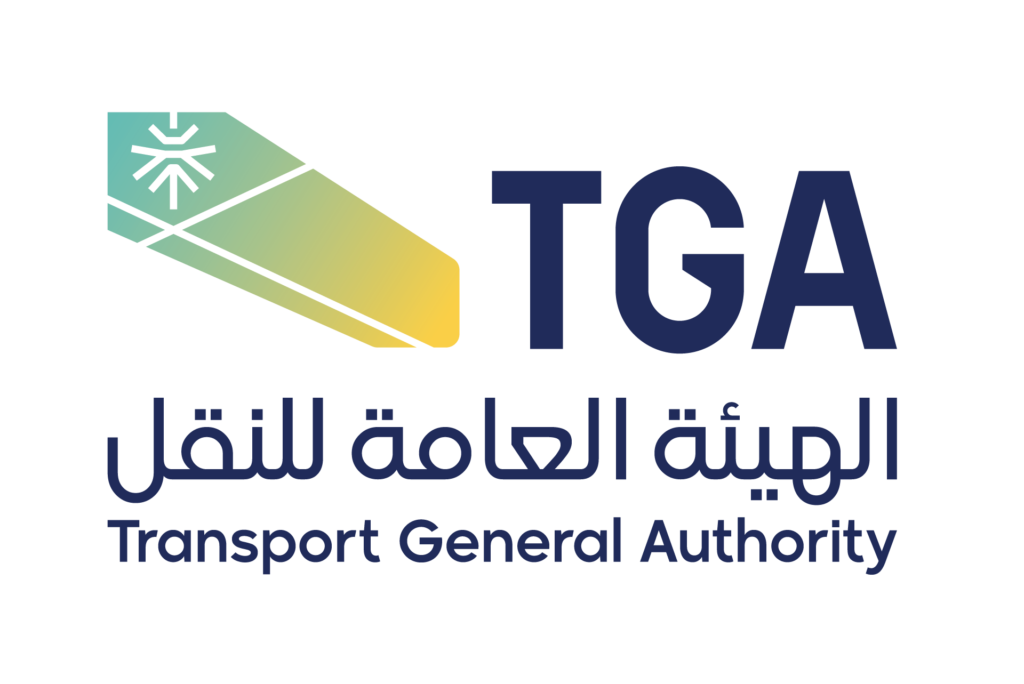Become an Exhibitor
- Home
- Become an Exhibitor
Become an Exhibitor
The Triple Helix Model of Innovation refers to a set of interactions between academia, industry, and governments that foster economic and social development. This framework was first theorized by Henry Etzkowitz and Loet Leydesdorff in the 1990s, in the publication of “The Triple Helix, University-Industry-Government Relations: A laboratory for Knowledge-Based Economic Development”. Interactions between universities, industries, and governments have given rise to new intermediary institutions, such as technology transfer offices and science parks. The triple helix also participated in the transformation of each institution.
Startups, government and universities are all brought together at the “Triple Helix Exhibition”.
Why exhibit at IEEE SM'26?
- Targeted audience engagement: Participation in the “Triple Helix Exhibition” provides a strategic avenue to engage with your desired audience and explore new collaboration and distribution channels. This direct interaction with industry-specific stakeholders offers an ideal platform to showcase your brand, enhance your business reputation, garner media (and social media) exposure, and overall, amplify your presence in the market. Additionally, it enables you to stay abreast of the latest industry advancements.
- Enhanced brand visibility: Involvement in the “Triple Helix Exhibition” amplifies your business visibility, disseminates your vision and mission, and attracts potential new business opportunities and prospects.
- Thought leadership opportunities: Being an exhibitor grants access to a global audience and governmental regulators. Participating in IEEE SM offers invaluable opportunities to engage with ministers, government officials, industry leaders, startups, innovators, and academic professionals from diverse countries, positioning you as a thought leader in your field.
- Diverse exhibition options: We offer a range of booth sizes and configurations tailored to suit your company’s requirements. Becoming an exhibitor affords your company the opportunity to showcase new products, initiatives, technologies, and product lines within the Smart Mobility domain. It also facilitates networking with clients, potential clients, industry influencers, government representatives, and academic institutions.
Our exhibition is scheduled to take place in Niagara Falls, Ontario, Canada, as an integral component of the IEEE International Conference on Smart Mobility, spanning from September 16th to 18th, 2026.
Our Exhibitors



